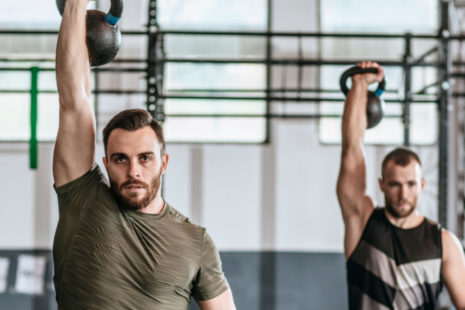Yes, physical therapy is widely recognized as an effective treatment for shoulder pain, addressing a variety of causes including rotator cuff injuries, impingement syndrome, tendonitis, frozen shoulder (adhesive capsulitis), and post-surgical recovery, among others. Physical therapy aims to alleviate pain, restore function, improve range of motion, and strengthen the muscles around the shoulder joint to prevent future injuries.
Here’s how physical therapy works for shoulder pain…
1. Pain Reduction
Physical therapists use various modalities to reduce pain and inflammation in the shoulder. Techniques may include,
- Ice and Heat Therapy – To manage pain and inflammation.
- Electrical Stimulation – Such as TENS (Transcutaneous Electrical Nerve Stimulation), to reduce pain.
- Ultrasound – To promote tissue healing and decrease pain.
2. Improving Mobility
Physical therapists employ stretching exercises and manual therapy techniques to improve the range of motion of the shoulder. This may involve,
- Gentle Stretching – To loosen tight muscles and improve flexibility.
- Joint Mobilizations – Hands-on techniques to increase joint movement.
3. Strengthening Exercises
A critical component of physical therapy for shoulder pain is strengthening the muscles that support the shoulder, including the rotator cuff and scapular stabilizers. This can help,
- Stabilize the shoulder joint.
- Prevent future injuries.
- Improve the functionality of the shoulder for daily activities and sports.
4. Posture Correction and Ergonomics
Poor posture and ergonomics can contribute to shoulder pain. Physical therapists provide,
- Education on Proper Posture – To reduce strain on the shoulder during daily activities.
- Ergonomic Advice – For the workplace and home to minimize shoulder stress.
5. Customized Home Exercise Programs
Physical therapists design tailored exercise programs for patients to perform at home, enhancing the recovery process and empowering patients to manage their shoulder health.
6. Functional Training
As recovery progresses, physical therapy focuses on functional training to safely return individuals to their normal activities, sports, or work tasks with an improved range of motion, strength, and less pain.
Effectiveness and Outcomes
The effectiveness of physical therapy for shoulder pain can depend on several factors, including the specific diagnosis, the severity of the condition, the patient’s overall health, and adherence to the therapy program. Many patients experience significant improvements in pain, mobility, and quality of life with dedicated physical therapy.
It’s important to have a thorough evaluation by a healthcare provider or a specialized physical therapist to determine the most appropriate treatment plan for your specific condition. In some cases, physical therapy may be combined with other treatments such as medications or injections, and in severe cases, surgery may be considered if conservative treatments do not provide sufficient relief.
In summary, physical therapy is a highly effective treatment for shoulder pain, offering a non-invasive approach to relieve pain, restore function, and prevent future injuries.




